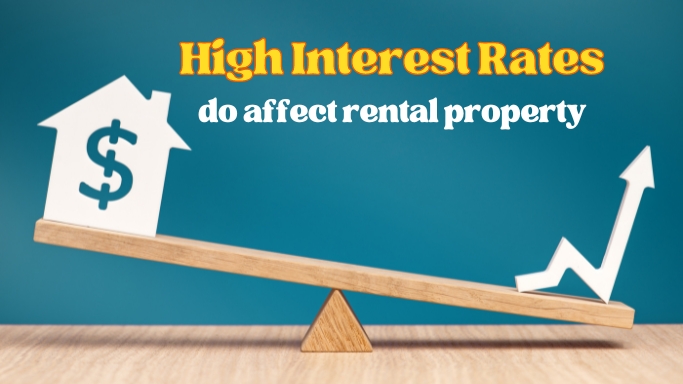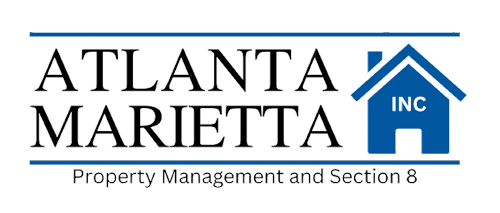
Impact of High Interest Rates
High-interest rates and rental properties are two key factors that can significantly influence the real estate market and the financial well-being of property investors. When interest rates rise, as they have historically done, the impact on rental properties can be substantial.
First and foremost, higher interest rates mean that obtaining financing for rental property investments becomes more expensive. Investors may have to pay more in interest on their mortgages, which can eat into their rental income and overall profitability. This can deter potential investors from entering the market and even force some current property owners to sell their assets if they cannot afford the higher financing costs.
Additionally, high interest rates can affect the demand for rental properties. When mortgage rates are low, more people may choose to buy homes, reducing the pool of potential tenants in the rental market. Conversely, when interest rates are high, buying becomes less attractive, leading to an increase in the demand for rental properties. This can be positive for landlords as it may allow them to charge higher rents and experience lower vacancy rates.
On the flip side, high interest rates can also impact renters negatively. As landlords face higher borrowing costs, they may pass on some of these expenses to tenants in the form of higher rents. This can put financial pressure on renters, particularly those with fixed or limited incomes.
In conclusion, high-interest rates can have a multifaceted impact on rental properties. While they increase the cost of financing for investors, they can also lead to greater demand for rental units. Both landlords and tenants need to be mindful of these dynamics and adapt their strategies accordingly when interest rates fluctuate in the real estate market.












